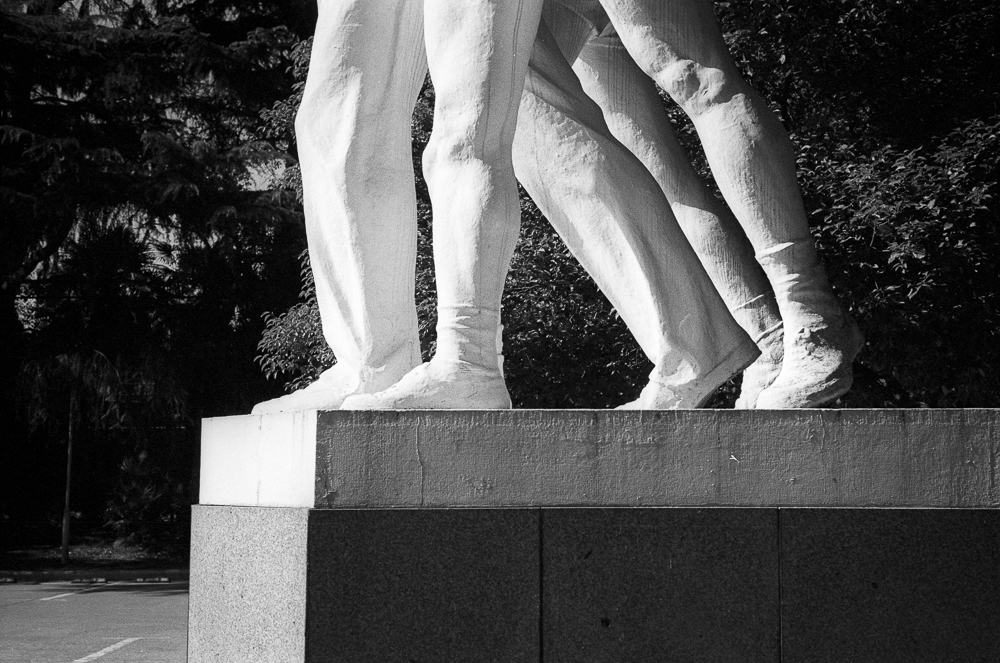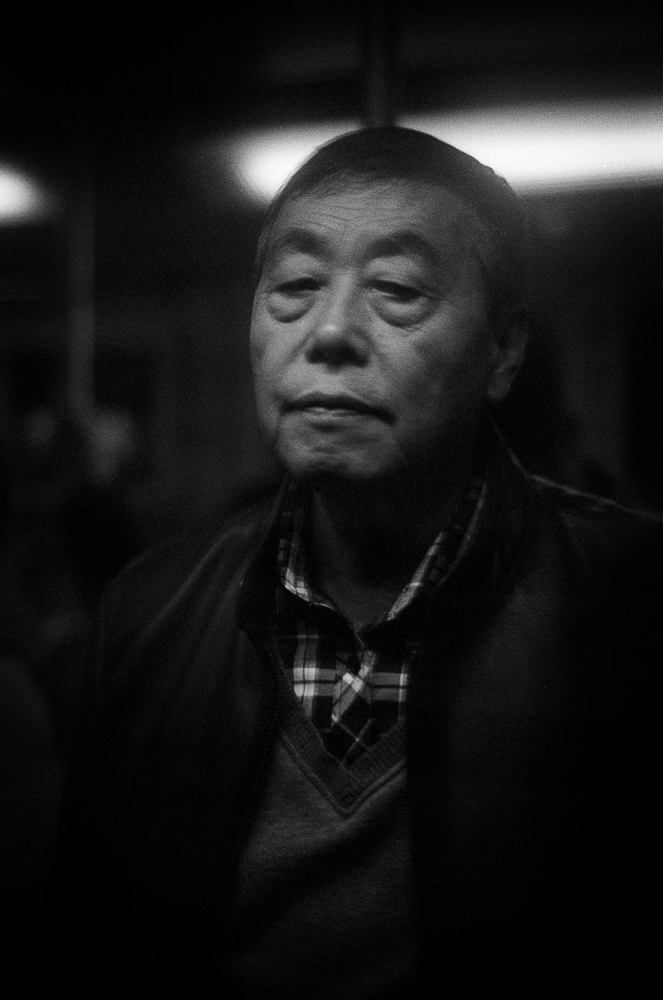“No place is boring, if you’ve had a good night’s sleep and have a pocket full of unexposed film.”
In this instalment of my Shanghai Travelogue I’ll be looking at the second approach I took to shooting in China, namely with 35mm black and white film. Here, I was very much on home ground: my Leica M6TTL being my camera of choice and Ilford’s HP5 Plus my film. It’s an approach I am intimately familiar with, and, in the spirit of Adams’ quote above, one I enjoy for its simplicity. Waking up in Shanghai, with somewhat more than a pocket’s worth of film in my possession, was indeed a heady experience.
Million Matches, Leica M6TTL and HP5 Plus film
I chose HP5 Plus because I know it and its development routines intimately. Many people begin to ask themselves what equipment they need when travelling to new locations, almost as if they are starting again with their photography. Instead, I prefer (and indeed recommend) familiar equipment and technique. Why change your way of working, just because you are going to be somewhere different? Increasingly, over the past few months black and white has become my preferred style, and films like HP5 Plus have been a mainstay.
The majority of my shots were exposed at 320 with a view to developing them in Perceptol. This is something like my default black and white mode right now. One loses a little speed (hence 320 not ‘box speed’, 400) and development times are long, but for me there is something of a holy trinity of sharpness, good tonality and well-controlled grain. My manual 35mm rangefinder camera allows for a contemplative approach to shooting, but when one is in the flow it also allows for speed of reaction too. Choose an aperture and shutter speed, part focus the lens, and shooting can take place almost instantaneously. I’d wager I give the best autofocus systems a run for their money with my camera so primed.
Sports Statue, Leica M6TTL and HP5 Plus film
Builders in the Mist, Leica M6TTL and HP5 Plus film exposed at 1600
On a particularly misty day (which you can see in the shots), I decided to shoot at 1600. This flexibility is another virtue of HP5 Plus. It would mean another developer (this time LC29), but gave me a twofold advantage: speed when shooting on the underground trains, and small-ish apertures for street shots in the mist. The grain is somewhat exaggerated at this speed, but I think it complements the mist and was an effect I had visualised at the time. If my pursuit of 320 and Perceptol came from my earlier days of wanting to suppress grain for a cleaner look, my embracing grain at 1600 represents a more mature self who has made his peace with the medium and its quirks. There is beauty in grain. As ever with film, the key thing is to assess the situation in front of you and try to use your knowledge of printing and development to see a finished print in your mind’s eye.
I’ll be looking at my experience of shooting large format film with my Intrepid Field Camera in the next instalment. I hope you enjoy the shots.
Street Chef, Leica M6TTL and Ilford HP5 Plus film
Courtyard Tree, Leica M6TTL and HP5 Plus film
Commuter, Leica M6TTL and HP5 Plus film exposed at 1600
Street Silhouettes, Leica M6TTL and HP5 Plus film
Shanghai Lights, Leica M6TTL and HP5 Plus film








